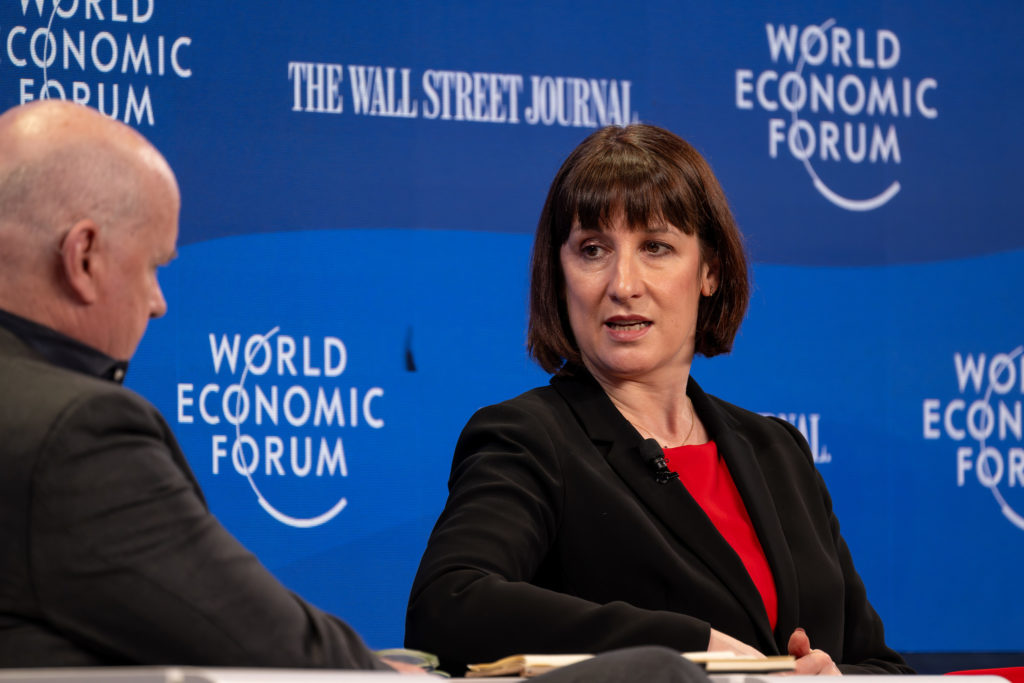
By Dr Fuk Ying Tse – Assistant Professor in Organisation, Work and Employment, University of Birmingham
Dr Manuela Galetto – Associate Professor in Employment Relations, University of Warwick
In an exclusive interview with the Guardian on 20 June 2024, Rachel Reeves, the contesting Chancellor of the Labour Party, pledged to close the gender pay gap ‘once and for all’ if Labour takes power after the 4 July General Election. Reeves specifically mentioned breaking the glass ceiling in politics to show that no roles cannot be done by women, offering flexible working arrangement by default, and increasing support for childcare. She also brought up gender pay gap (GPG) reporting as a tool to nudge changes in that direction, but was also clear that she would not compel companies to follow through actions and not to further extend the regulation to smaller companies, recognising that they have more urgent priorities.
GPG reporting, which became mandatory in the UK in 2017, requires organisations with over 250 employees to publicise their pay and bonus gaps, provide an explanation of their gaps and action plan to tackle the gaps. This is the first legislation regarding pay disclosure, especially in the private sector, in the UK.
As part of our ongoing research on employers’ attitude and behaviour towards mandatory GPG reporting in different sectors, we talked to representatives from organisations to understand the ‘making-of’ of GPG reports inside organisations and how the figures that appear in news headline around April every year are arrived at, how companies justify and explain their pay and bonus gaps, as well as how they plan to tackle them. It is found that while mandatory GPG reporting does start or accompany ongoing conversations and policies on gender equality within organisations, the GPG seems also an accepted reality, something that companies are somewhat resigned to, especially if their figures are in line with those of their main competitors.
As of 2023, the GPG among all employees nationally still stands stubbornly high at around 12%, with sectors like finance and insurance at more than double. It is therefore certainly positive to see political commitment to progressing the gender equality agenda across UK workplaces, but a more nuanced understanding of the limited reach of the current regulation in doing so is needed.
Organisations with pay and bonus gaps are also not legally obliged to take action to tackle them, apart from reporting them. There is thus little incentive for companies to take serious actions, as long as they could withstand or neutralise the reputational damage resulted from having large pay and bonus gaps. It is true that the scale of the problem can only be exposed under mandatory requirements (only 9 organisations volunteered to report GPGs before 2017), but the mere reporting has fallen short of impact at the organisational level besides getting employees and public attention, ‘starting a conversation about gender equality’ which does not necessarily lead to anything concrete, or making HR practices and decisions which might potentially lower the figure in the following year, such as hiring or promoting a woman or two at the top levels. It is also based on the premise that organisations actually calculate and report the gaps accurately, something we found cannot be taken for granted.
For example, in the corporate real estate sector under study, companies commonly attribute their larger-than-national-average pay gap to the lack of female representation at senior management. This may be the case, but in order to achieve a year-on-year decline in GPG within the organisation, it is deemed easier to appoint just enough women at the senior level so that their pay can be accounted for in the calculation (or so-called ‘data massaging’). There is no rethinking of the current structure of evaluating women’s work nor the traditional way of compensating roles more commonly held by women, let alone questioning of the disproportionately generous pay packages more likely to be awarded to male-dominated roles.
Flexible working arrangement and state-subsidised childcare might make the working lives of women and other individuals with caring responsibilities easier. However, merely being able to stay on the job does not ensure that they would be paid fairly and have the equitable opportunities to progress in their career by default.
The commonly accepted fact that ‘GPG will not be solved overnight’ is reinforced among senior management, giving organisations room to delay considering measures which will fundamentally change the status quo of gender segregation in the labour market. The inaction is exacerbated by weak employee voice mechanisms and collective representation, especially in the private sector. The GPG reporting is a rather unilateral exercise.
In conclusion, the annual circulation of GPG reports have exposed the scale of the gender inequality at the organisational level, but stronger regulation beyond simply nudging employers to take concrete actions is needed to narrow down the gender pay gap, not to mention closing it once and for all.
Are you are an HR practitioner? We are keen to speak to practitioners from different sectors about GPG reporting practices, please get in touch with the research team via email at f.y.tse@bham.ac.uk or manuela.galettlo@wbs.ac.uk.
- Find out more about Dr Fuk Ying Tse
- Find out more about Dr Manuela Galetto
- Back to Social Sciences Birmingham
The views and opinions expressed in this article are those of the author and do not necessarily reflect the official policy or position of the University of Birmingham.
